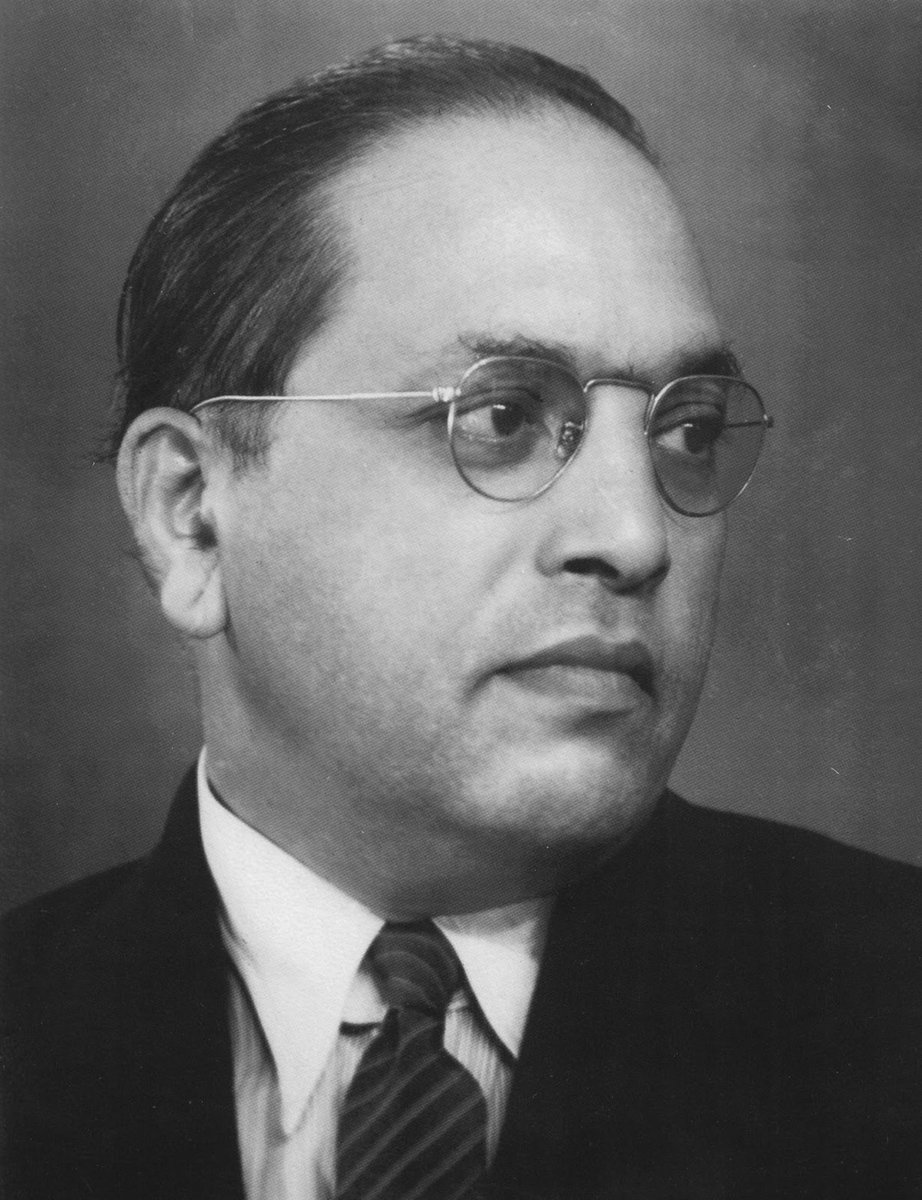
This thread is on a little-known attempt by a British police officer to assassinate #MahatmaGandhi at #Pune in 1942 & some previous bids on #Gandhiji's life.
#MKGandhi #GandhiJayanti #MahatmaGandhiAmarRahe #Gandhi #GandhiJayanti #gandhijayanthi #GandhiJayanti2022
#MKGandhi #GandhiJayanti #MahatmaGandhiAmarRahe #Gandhi #GandhiJayanti #gandhijayanthi #GandhiJayanti2022
On 30 January 1948, three bullets fired by #NathuramGodse claimed the life of #MahatmaGandhi as he was walking to his prayer meeting at the Birla House in #NewDelhi. However, even before that fateful day, there were multiple attempts to assassinate Gandhi.
In 1897, Gandhi was assaulted by a mob of Europeans in Natal. He was attacked by a group of Pathans in South Africa (February 1908). In 1914, some Muslims were upset that clauses in a bill that formalized the Gandhi-General Smuts agreement had denied polygamy, which amounted to
an interference with their religion. They felt the agreement favoured Hindu labourers. Gandhi faced hostility in a meeting at Johannesburg. But Mir Alam, the Pathan who led the attack on Gandhi in 1908, came forth with a dagger & threatened those who wanted to attack “Gandhibhai”
The mischief-mongers fled. Thus, the man who tried to kill Gandhi in 1908, had saved his life six years later!
On 25 June 1934, conservative Hindus upset at his attempts to ameliorate the conditions of the Dalits tried to throw a bomb on his car in Pune,
On 25 June 1934, conservative Hindus upset at his attempts to ameliorate the conditions of the Dalits tried to throw a bomb on his car in Pune,
but attacked another car carrying the Hindu Mahasabha leader L.B. 'Annasaheb' Bhopatkar and some others, instead. Gandhiji's car had to wait for 5 minutes at the Wakdewadi railway crossing as it was closed.
The assailant felt that Bhopatkar’s car which had arrived at the Pune municipality (where Gandhi was to be felicitated) at the appointed time was that of Gandhi, threw the bomb and escaped. The unidentified assailant was never found. The Gandhian Acharya S.D. Javdekar
says that the bomb was thrown by a sanatani who was upset at Gandhi’s work for the Harijans. The secret reports of the govt too say that this may have been the handiwork of sanatani Hindus.
Over 8 years after this attempt to kill Gandhi, he was interred at the Aga Khan Palace in Pune after the launch of the Quit India movement in 1942. Here, Anglo Indian or European police sergeants were deputed for security.
On Christmas eve evening (24 December 1942), the police sergeant on duty called one of his sergeant friends from the nearby military camp and the duo drank in the former's tent. This inebriated sergeant, whose name may have been B.D. Powell,
went to the barbed wire gate of the Aga Khan palace. He then snatched the weapon from the jail sentry, entered the premises from the gate & started shouting “Where is Gandhi?” The sergeant saw Mahatma Gandhi on a stroll in the verandah. When their eyes met, he beat a retreat,
went to the banks of the Mula-Mutha located some distance behind the palace, fired two rounds in the air from the gun and returned to his tent. Senior officials had been alerted. The sergeant was rounded up and later discharged from service by the IGP on 11 January 1943.
The British tried to keep this incident under wraps for obvious reasons. But, V.D. Wagle, who was among those posted at the Aga Khan palace, wrote about this in his memoirs ‘Kateri Fulora’. Wagle retired as the DySP, CID, and was part of PM #Jawaharlal Nehru’s security detail.
This incident has also been quoted by the scholar-writer Y.D. Phadke. But, less than 8 years later, it was #Nathuram Godse, a man from Pune who would assassinate the #Mahatma.
It is claimed that some more attempts were made on #Gandhi's life, but their veracity & provenance is disputed. The Justice J.L. Kapur commission of enquiry probed some purported attempts & dismissed these claims
On 30 June 1946, which was a day after a purported attempt to derail the train which he was travelling in from Mumbai to Pune, Gandhi said this was “perhaps the seventh occasion, when a merciful providence has rescued me from the very jaws of death.”
Select bibliography:
Sushila Nayar, Mahatma Gandhi- Vol IV: Satyagraha at Work
Ramachandra Guha, Gandhi Before India
Y.D. Phadke, Nathuramayan
Shripad Joshi, Mee Pahilele Gandhiji
Jagan Phadnis, Mahatmyachi Akher
Sushila Nayar, Mahatma Gandhi- Vol IV: Satyagraha at Work
Ramachandra Guha, Gandhi Before India
Y.D. Phadke, Nathuramayan
Shripad Joshi, Mee Pahilele Gandhiji
Jagan Phadnis, Mahatmyachi Akher
Report of Commission of Inquiry in to Conspiracy to Murder Mahatma Gandhi
Pyarelal, Mahatma Gandhi- Vol X, The Last Phase Part-II
V.D. Wagle, Kateri Fulora
Y.D. Lokurkar, Ulatleli Paane
Narhar Vishnu Gadgil, Pathik- Part I
Pyarelal, Mahatma Gandhi- Vol X, The Last Phase Part-II
V.D. Wagle, Kateri Fulora
Y.D. Lokurkar, Ulatleli Paane
Narhar Vishnu Gadgil, Pathik- Part I
• • •
Missing some Tweet in this thread? You can try to
force a refresh







